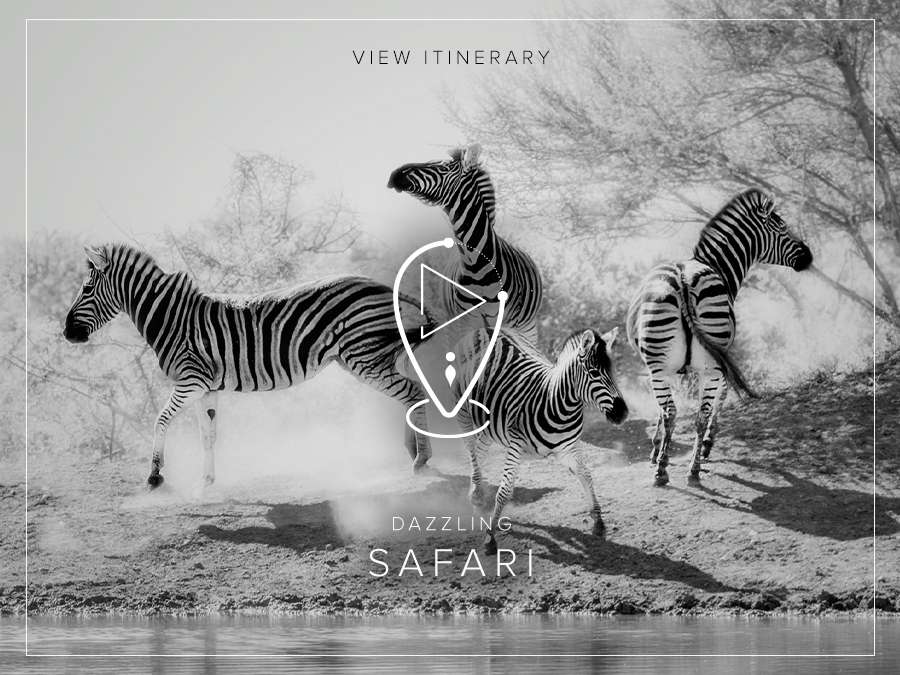A guide once told me the easiest way to tell the difference between male and female zebras is by their tails; the male’s tail moves left to right and the female’s right to left. Admittedly the dazzeling herd we were currently watching had me distracted and it took a few seconds for me to catch the joke, but that is your typical Wilderness guide: an ebullient personality, and always ready with a joke.
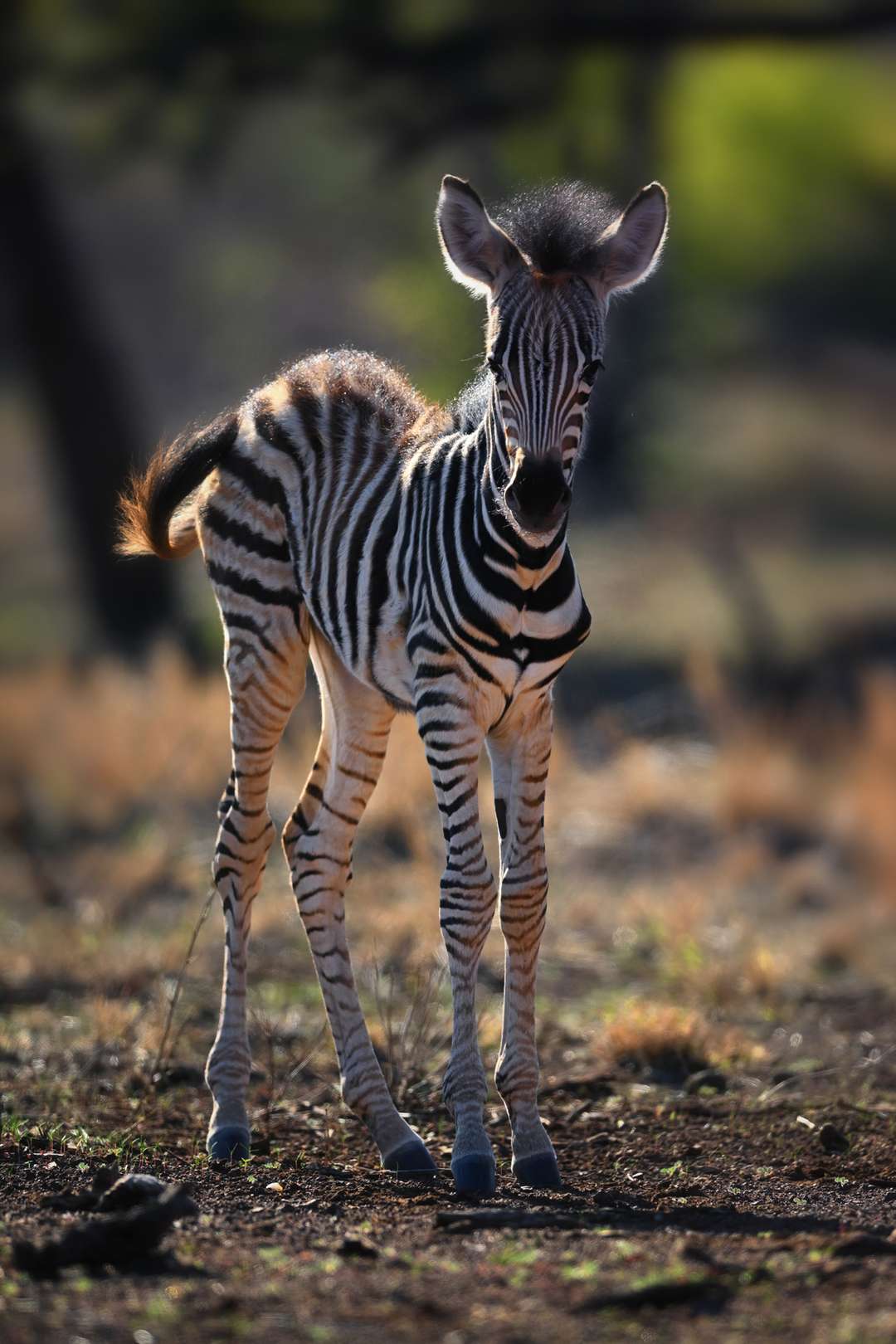
Found throughout different regions of Africa, the three living species of zebra are the plains zebra, the mountain zebra, and the Grévy’s zebra. All three belong to the genus Equus, which also includes horses and donkeys. Even though, during an African safari, you may encounter zebra herds quite regularly, like many other endemic animals these equids are threatened by environmental and diminishing population issues. Learn more about these great animals here.
Book your Zebra safari NOW.
Magashi - Rwanda
Perched on Akagera National Park’s Magashi Peninsula, Magashi Camp looks out over scenic Lake Rwanyakazinga towards the Mutumba Mountains in the west. On the peninsula’s western side, zebra, waterbuck, impala and warthog can often be seen grazing, while on the eastern flank, eland frequent the lakeshore. The shore itself offers views of hippo, large crocodiles and a chance of elephant bulls, while the core of the Amahoro lion pride is encapsulated by this spit of land.
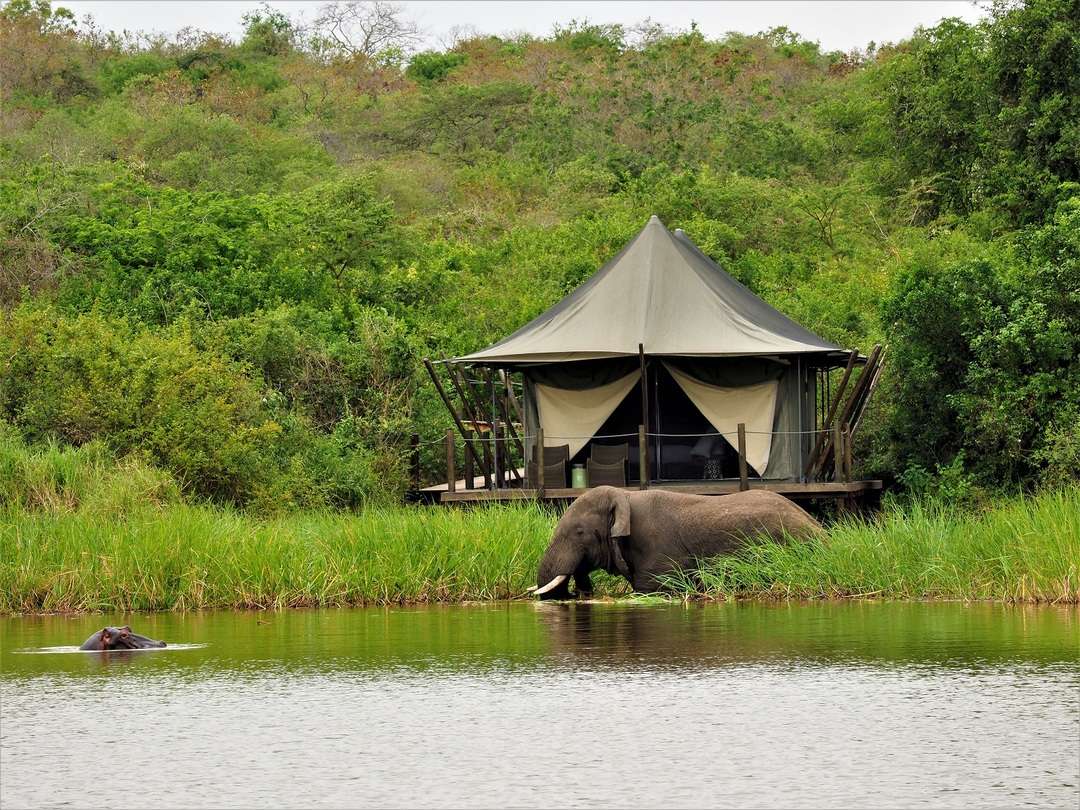
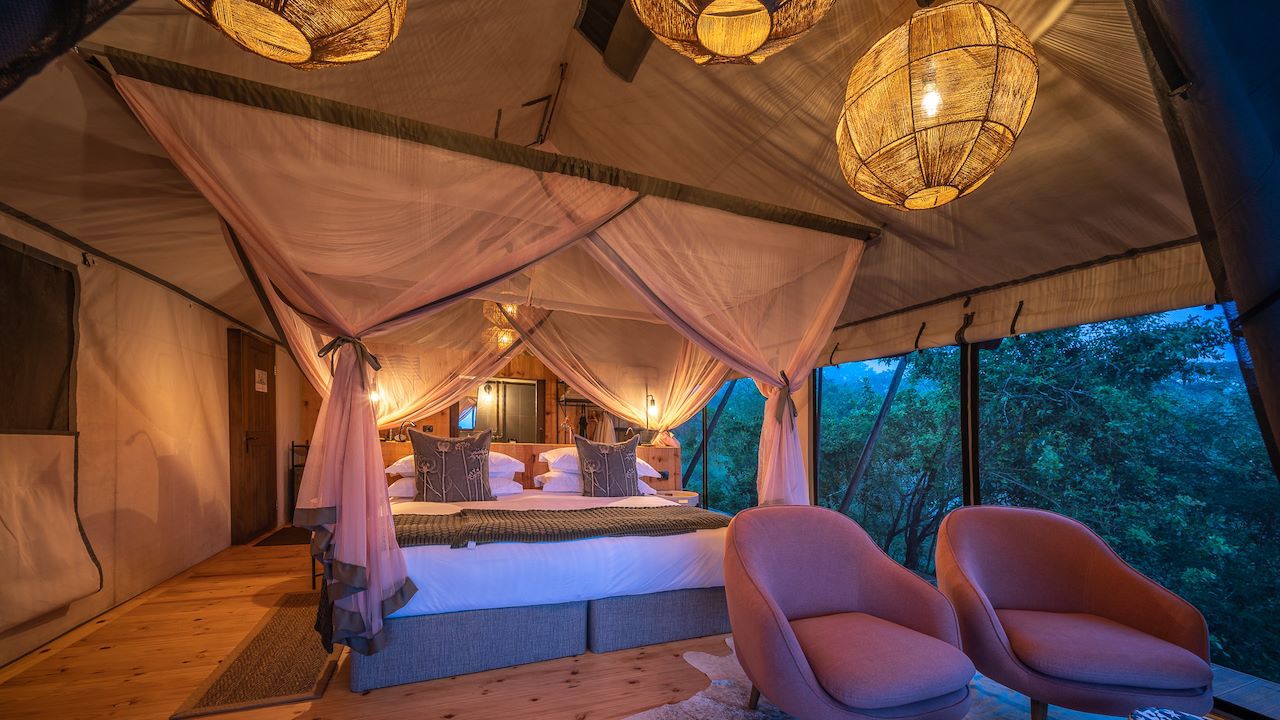
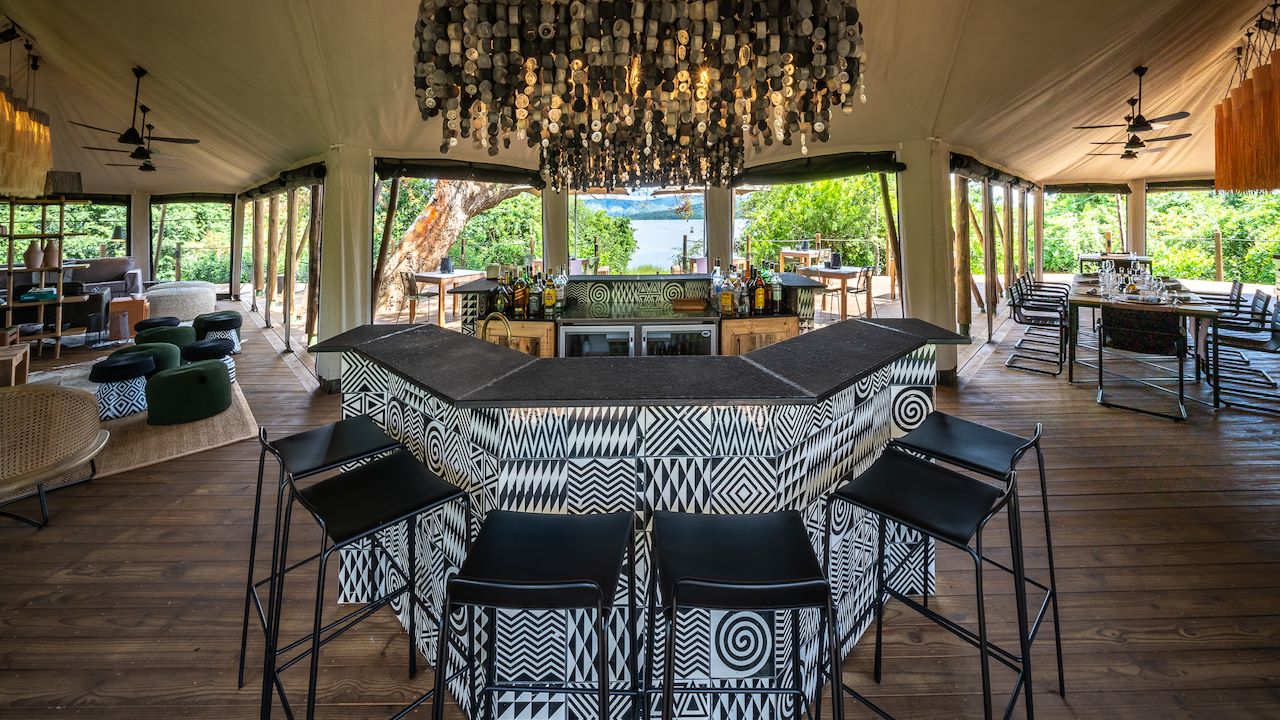


Six spacious and airy tented guest rooms offer uninterrupted views over Lake Rwanyakazinga while Magashi’s main area comprises a luxurious lounge and dining area, bar and pool, as well as an expansive viewing deck with convivial fire pit. The architecture and interiors pay homage to traditional Rwandan culture.
The patterns of zebra stripes vary widely by species and individuals. The Grevy’s zebra has narrow vertical stripes covering its entire body, including its ears and mane. The plains zebra’s stripes vary by location; they have either black striping and a primarily white background colour, or lighter, dark brown stripes overall. Mountain zebras have a white or off-white body colour with black or deep brown stripes that are spaced close together; they do not have stripes on their bellies. No two zebras have the same stripes; they are as unique as fingerprints.
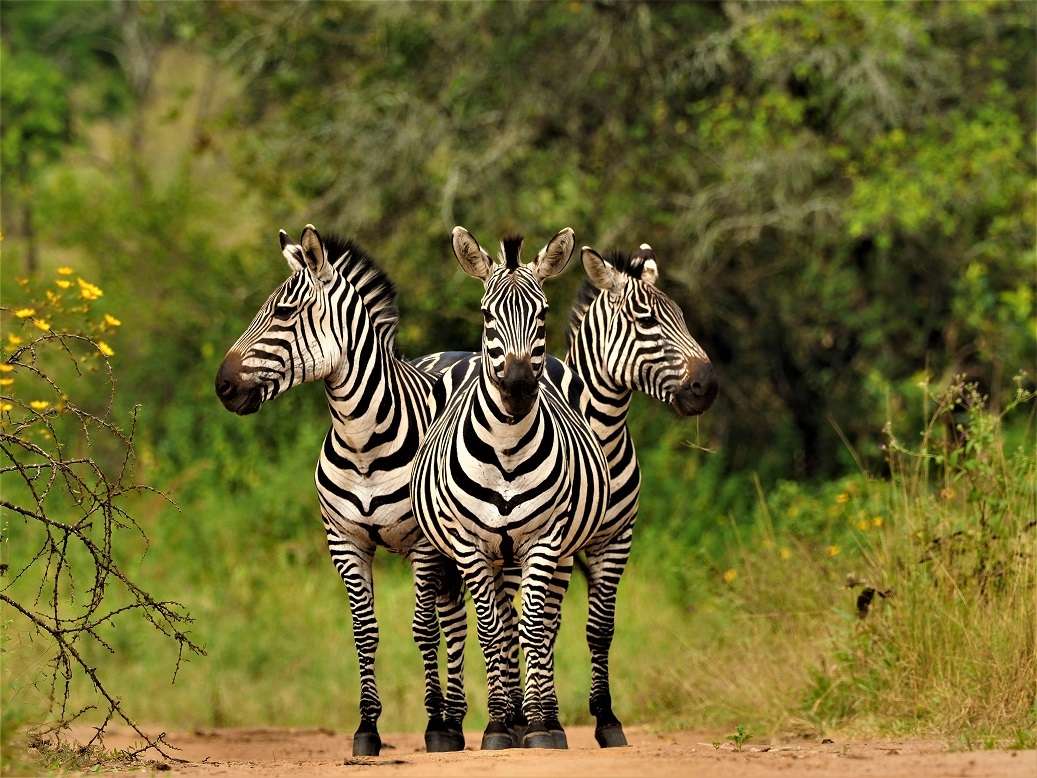
Qorokwe - Botswana
The name Qorokwe means “the place where the buffalo broke through the bush into the water", evoking the high-density game area in which this camp is situated. It owes its productivity to a mix of habitat types that lie between its western and eastern borders: the Santantadibe and Gomoti channels respectively.
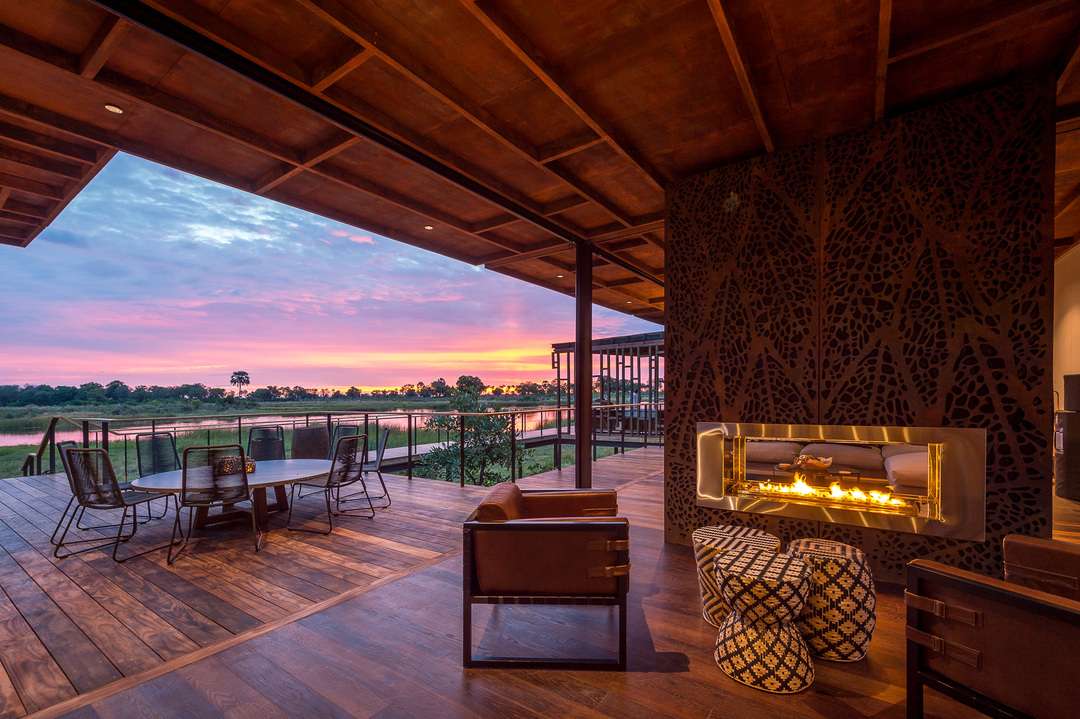
Combining a contemporary style with a classic bush feel, its nine tented suites (including one very spacious family unit with private plunge pool) are well shaded and catch the prevailing breeze. The whole camp, including the magnificent main area, overlooks a lagoon, while its infinity pool is a focal point for the expansive views.
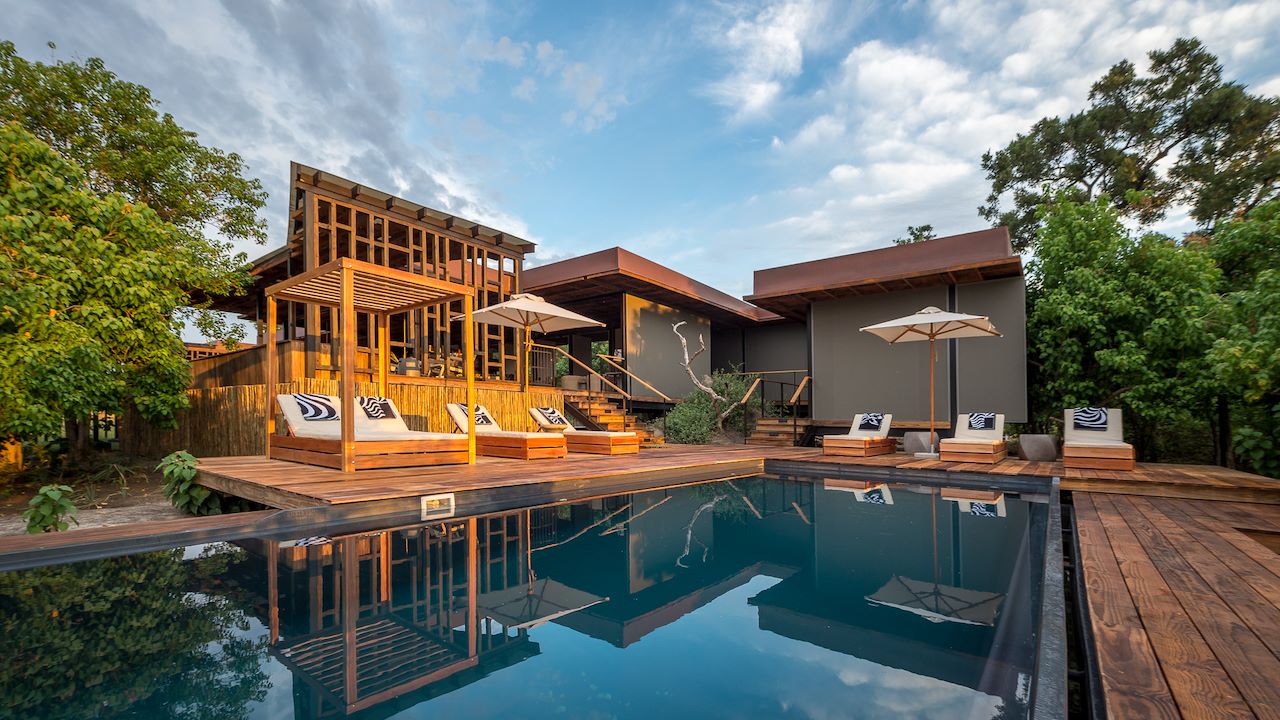



Scientists have debated the important question of why zebras have stripes for some 150 years. Theories have ranged from camouflage to throw off predators, to ways of signalling members of their species, and methods of regulating their temperature. But the most likely theory, according to research, is much less glamorous. It turns out that zebra stripes are a form of pest control: they protect the animals from biting flies.
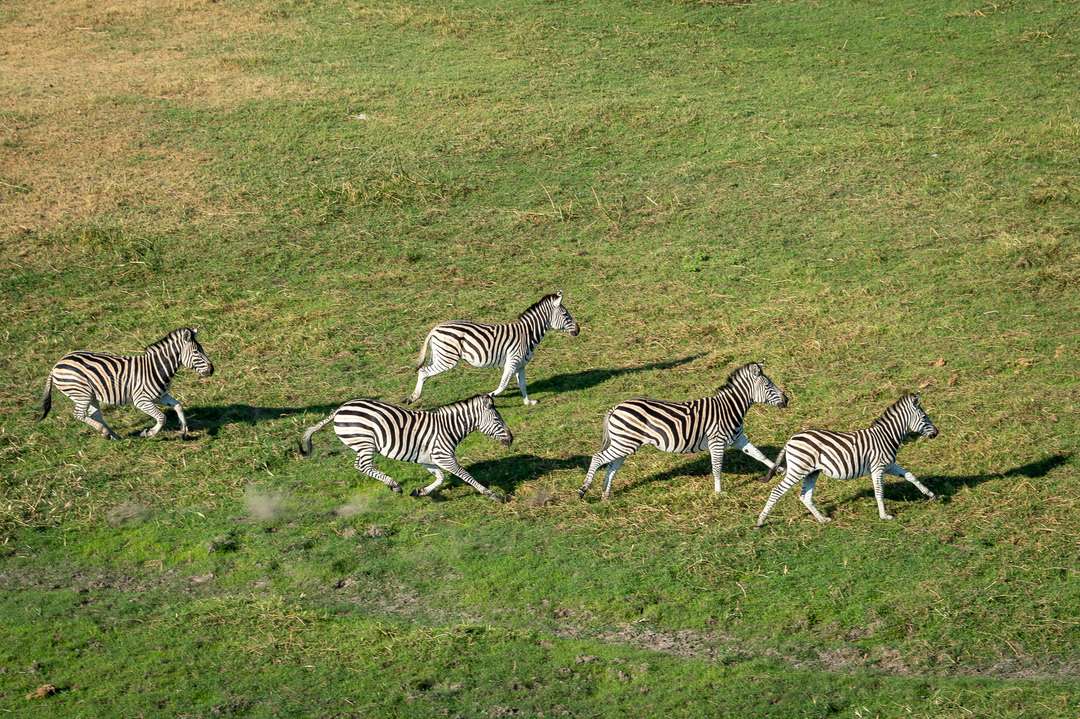
Little Vumbura - Botswana
Little Vumbura is situated on a wooded island and accessible only by boat, the epitome of island living in the Delta. Water-based activities are a focus, with mekoro and boats to explore the channels. Wildlife viewing and birding is consistently good all year round via game drives through the savannah areas and walks around the islands.

Six beautiful tented rooms have views over the waving grasses of the surrounding floodplains, while a pool and reading area overlook the floodplains, and a star deck leads off the dining area.
The majority of zebras lead fairly social lives. Plains zebras live in small family groups, called harems, with one male, one to six females, and their offspring. The bonds of the females in the harem are strong; they will stay together even if their dominant male leaves or is killed.
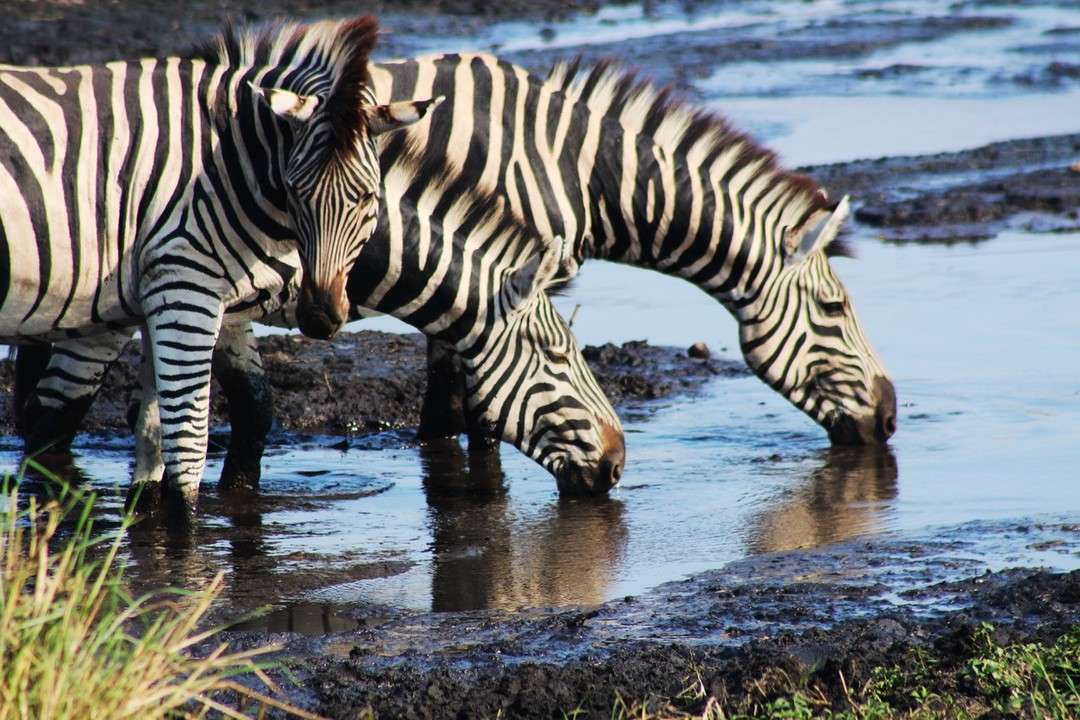
King’s Pool - Botswana
Named for Scandinavian royalty, this stylish camp overlooks the oxbow-shaped King’s Pool Lagoon and Linyanti River system. Activities include day and night game drives, and guided nature walks; nearby hides are ideal for photographing birds and wildlife. In the dry season, guests can spend their siesta watching game come down to drink at the unique underground hide, where the water is at eye level. Seeing elephant feet and trunks almost within touching distance while safely inside is an experience that transcends that of an ordinary safari.
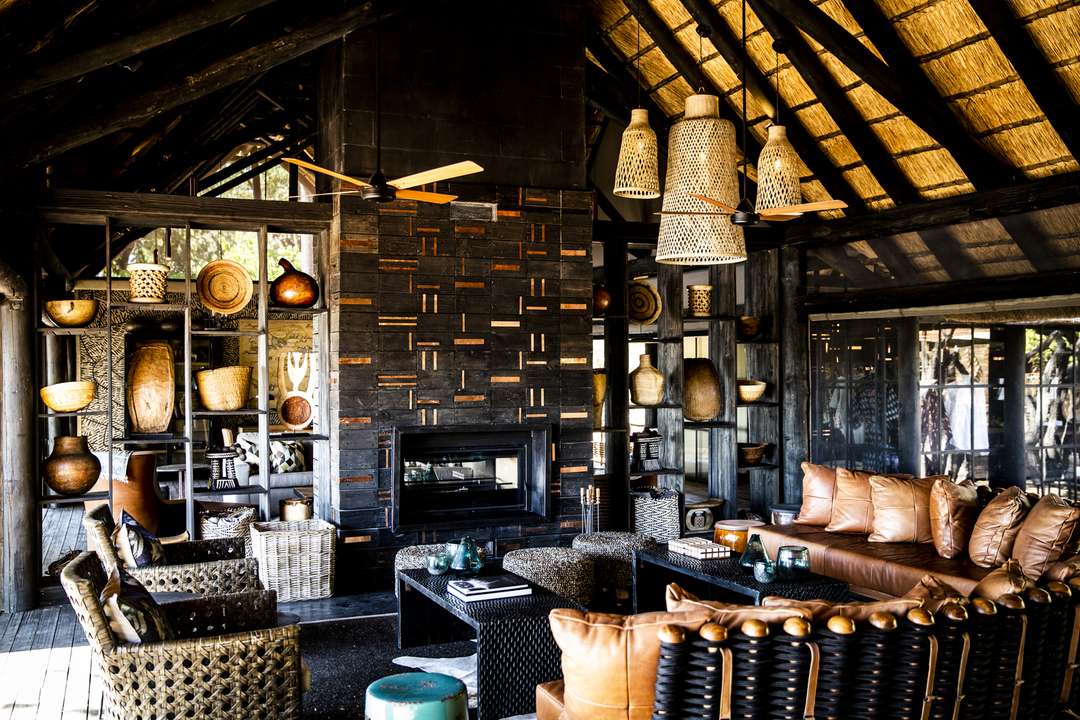
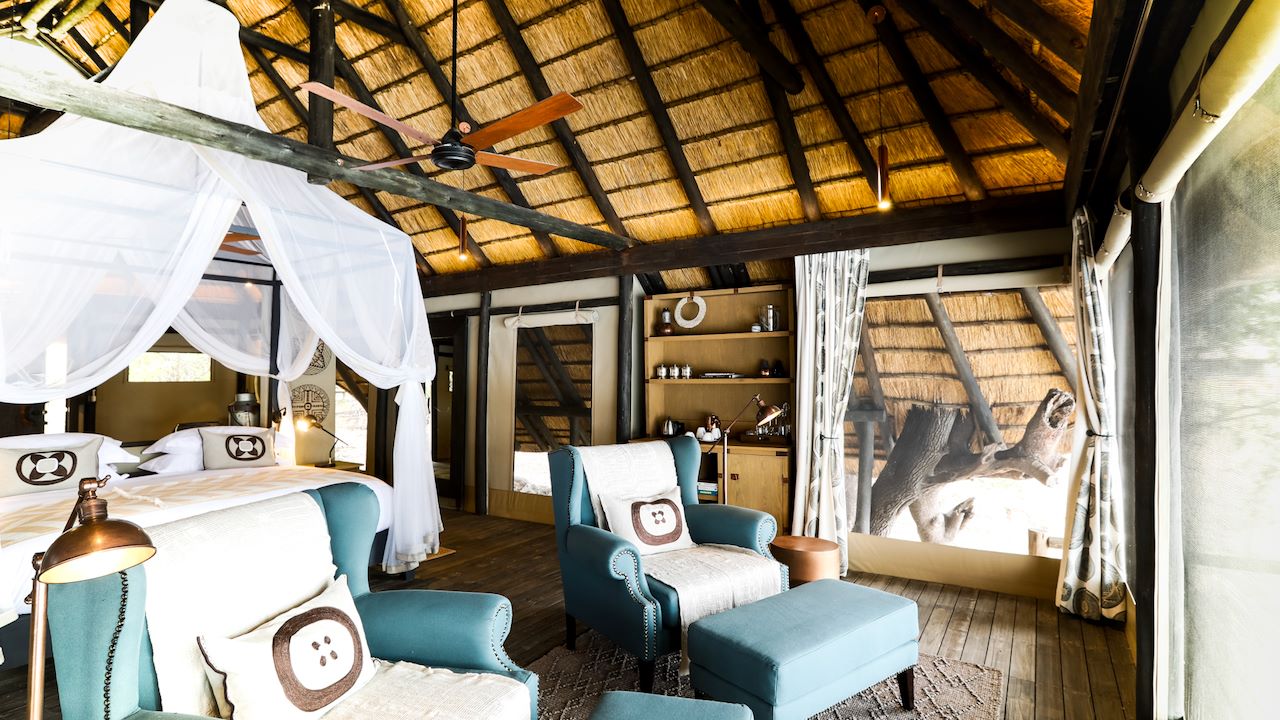
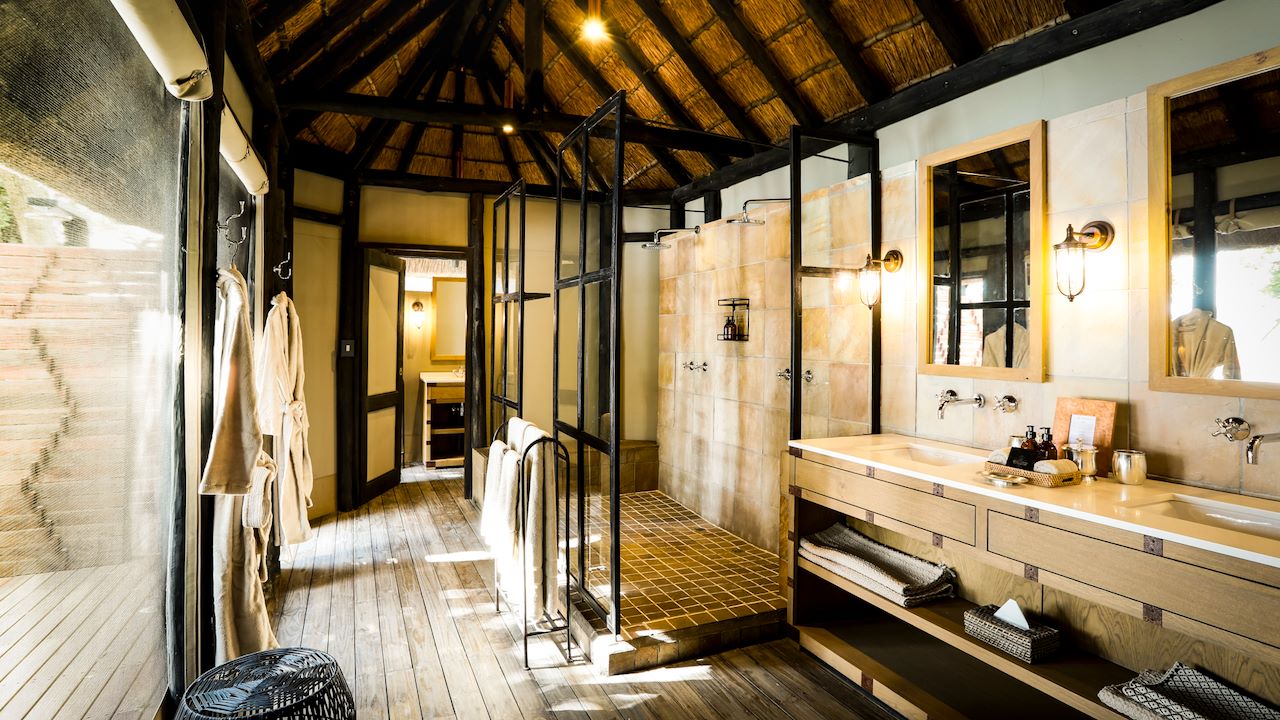


This 100% solar powered camp has seven well-appointed thatch and canvas twins and one suite, each boasting a spacious bedroom and lounge area leading to a veranda that soaks up the gorgeous views of the lagoon. The sumptuous main area comprises a pool, lounge, library, and dining and convivial bar area, stylishly set on expansive raised decks close to the water's edge. There is an open-air “kgotla” for evening dining under the stars.
In 1882, Jules Grévy, the president of France, was given a zebra as a gift from the King of Abyssinia (now Ethiopia). A French zoologist realized that this type of zebra was markedly different from other zebras and named the species after the president.
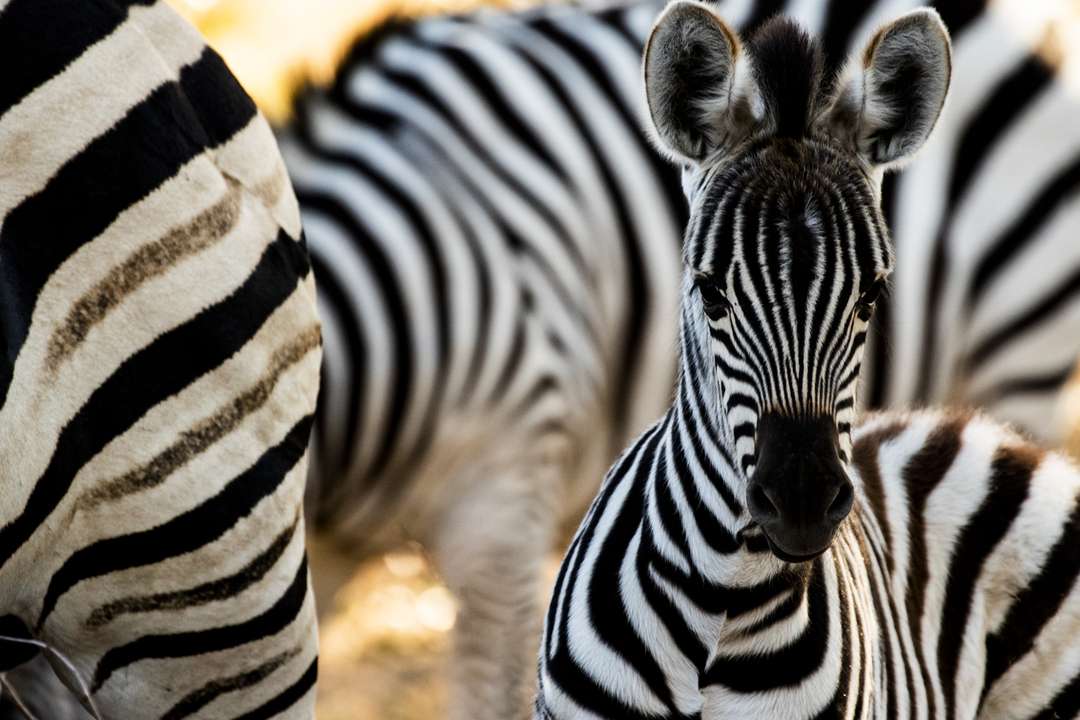
Little Makalolo - Zimbabwe
Little Makalolo lies in one of Hwange’s most ecologically-diverse areas, ensuring both variety and quantity of animals seen year-round. A large number of waterholes attract game from far and wide, and with a pan in front of camp, wildlife activity can even be enjoyed from the pool or your breakfast table or, more intimately, from the camp’s log-pile hide. Game drives, walks and cultural activities sometimes end at our “pizza stop” at Madison Pan; a Star Bed allows for a sleep-out under the night sky.
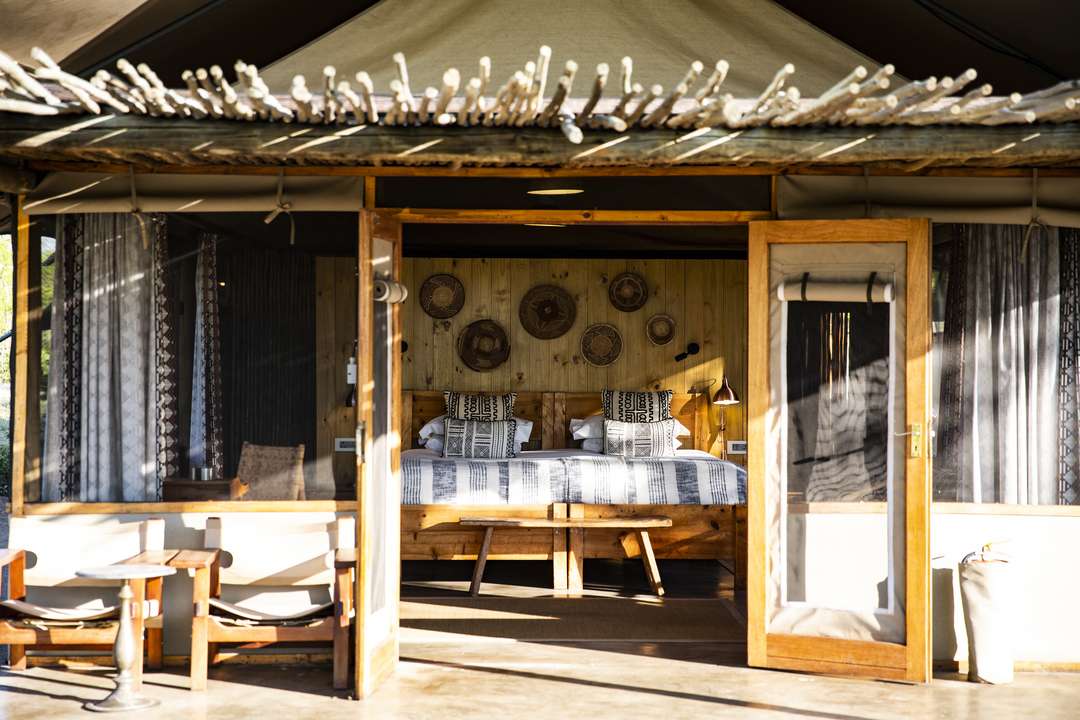
Hwange's original classic bush camp, Little Makalolo is nestled in a dappled tree-line. Its six traditional-style tents (including a family unit), with both indoor and outdoor showers, are connected to the main area by teak walkways, where a towering false mopane tree in the centre of the camp shades a separate dining and living area, with an open fire deck for convivial evening fireside tales under the stars. A raised pool deck, which also shelters the bar and breakfast “room”, offers evocative views of the much-frequented waterhole in front of camp.
Remaining vigilant for signs of lions, hyaenas, leopards, and cheetahs, a zebra herd is always watching for danger. When plains zebras sense a predator, they use a high-pitched sound to alert the herd. And at night, at least one member of the group stays awake to keep watch.
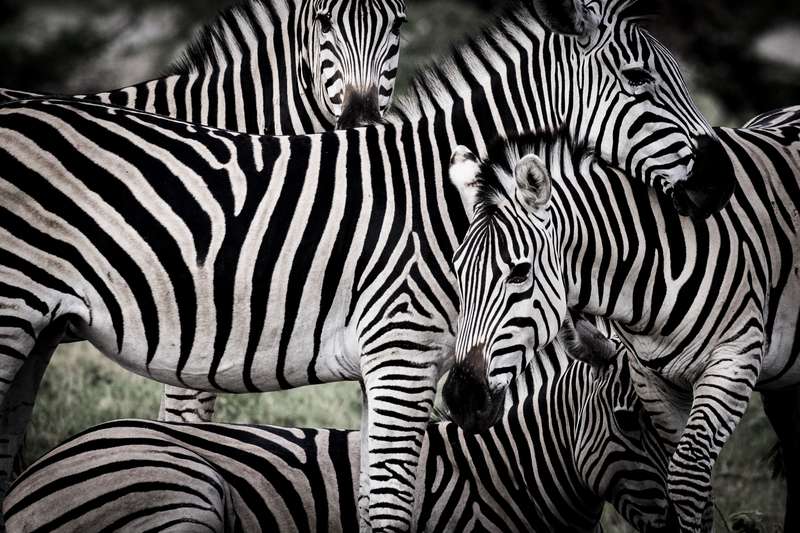
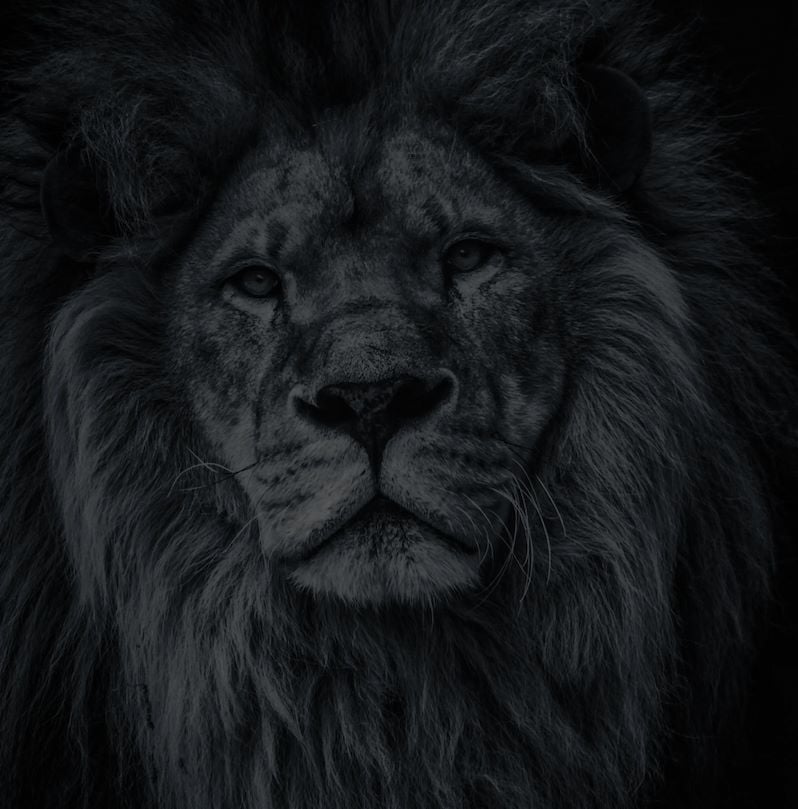
Let’s plan your next journey
Ready?
When we say we’re there every step of the way, we mean it, literally. From planning the perfect circuit, to private inter-camp transfers on Wilderness Air, and easing you through Customs. We’re with you on the ground, at your side, 24-7, from start to finish. Ready to take the road less travelled? Contact our Travel Designers to plan an unforgettable journey.
